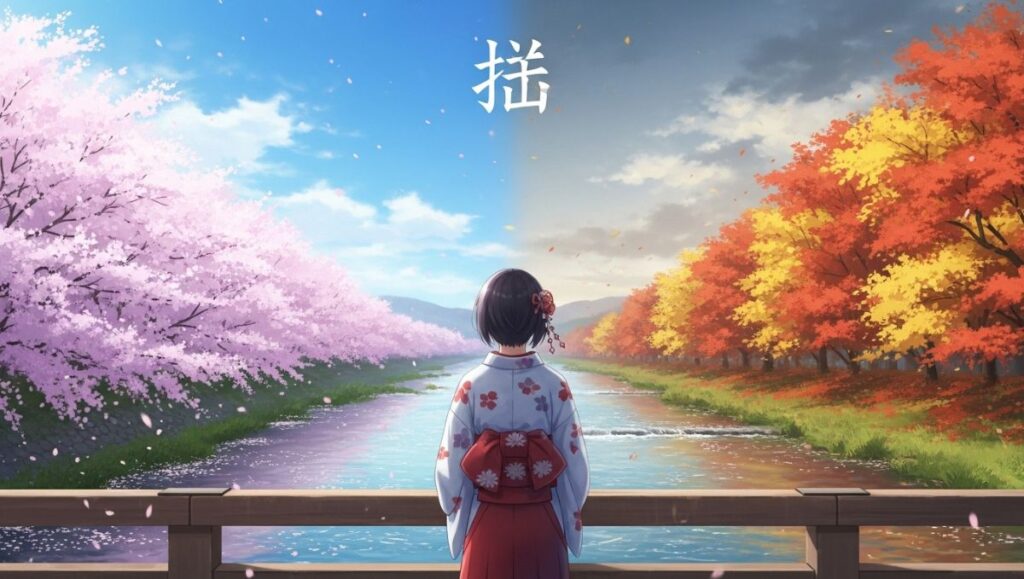The Japanese language is filled with words that express deep emotional and philosophical meanings. Among them, Jyokyo stands out as a term that captures subtle nuances of change, emotional state, and situational awareness. While it may not have a direct English equivalent, Jyokyo reveals much about how Japanese culture perceives transitions — both internal and external.
This article explores the origins, meanings, and cultural significance of Jyokyo, along with how it influences art, mindfulness, and daily life in modern Japan.
What Does Jyokyo Mean?
The word “Jyokyo” (状況) in Japanese literally translates to “situation” or “circumstance.” However, like many Japanese terms, its meaning depends heavily on context. Jyokyo isn’t just about the external conditions of an event — it also reflects the emotional and psychological state of the people involved.
In simple terms, Jyokyo represents the total atmosphere of a moment — the combination of place, emotion, relationship, and timing.
For example, in conversation, someone might say:
“Understand the jyokyo before making a decision.”
This means one should read the situation carefully, taking into account emotions, relationships, and the subtle dynamics at play.
The Cultural Roots of Jyokyo
Japanese culture has long valued contextual awareness — the ability to sense and respond appropriately to one’s surroundings. This concept is deeply connected to wa (harmony), the cultural principle of maintaining balance and social cohesion.
In traditional society, understanding the Jyokyo meant more than simply observing facts. It meant being sensitive to unspoken emotions, reading the atmosphere (kuuki o yomu), and behaving in a way that maintains harmony.
This sensitivity is seen everywhere in Japanese life:
-
In business meetings, where politeness and timing matter more than direct words.
-
In art and poetry, where emotions are suggested rather than explicitly stated.
-
In relationships, where empathy and observation guide communication.
Jyokyo in Language and Expression
In modern Japanese, Jyokyo appears frequently in both everyday and professional contexts. Here are some common uses:
-
Jyokyo wo haaku suru (状況を把握する): To grasp or understand the situation.
-
Jyokyo ni oujite (状況に応じて): According to the situation.
-
Fukuzatsu na jyokyo (複雑な状況): A complicated situation.
While these phrases may seem purely practical, they still reflect a cultural depth. Understanding “the situation” in Japan often means recognizing social hierarchies, group dynamics, and emotional subtleties that go beyond literal meaning.
The Emotional Dimension of Jyokyo
One of the most fascinating aspects of Jyokyo is how it connects outer circumstances with inner feelings. It’s not just “what’s happening,” but how people feel about what’s happening.
For example:
-
A quiet, rainy evening can create a Jyokyo of calm melancholy.
-
A crowded festival can have a Jyokyo of excitement and unity.
-
A farewell at the train station might carry a Jyo-kyo of bittersweet nostalgia.
In literature, film, and art, creators often use Jyo-kyo to evoke these layered emotions — capturing fleeting moments where the external world mirrors human feeling. This interplay between scene and sentiment is at the heart of Japanese aesthetics.
Jyokyo and Japanese Aesthetics
The concept of Jyo-kyo aligns closely with other Japanese aesthetic philosophies, such as:
-
Mono no aware: The gentle sadness in the awareness of impermanence.
-
Wabi-sabi: The beauty found in imperfection and transience.
-
Ma: The meaningful emptiness or space between things.
In art and design, Jyokyo is about creating an atmosphere — a harmony between environment, object, and emotion. Whether it’s a minimalist garden, a haiku, or a scene in a movie, the artist strives to capture a mood that resonates with the audience’s feelings and memories.
Jyokyo in Modern Society
In modern Japan, Jyo-kyo remains a vital concept for communication and social understanding. Whether in business, education, or personal life, people are encouraged to “read the Jyo-kyo” before acting.
For example:
-
In a workplace meeting, understanding the Jyo-kyo means recognizing when it’s appropriate to speak or stay silent.
-
In friendships, it helps people sense when someone is uncomfortable or sad, even without words.
-
In leadership, it means making decisions that respect the emotions and expectations of others.
This cultural emphasis on situational awareness contrasts with Western directness. In Japan, empathy through observation is often valued more than verbal expression.
Jyokyo and Mindfulness
From a psychological and philosophical perspective, Jyo-kyo also relates to mindfulness — the awareness of the present moment without judgment.
When one truly observes the Jyo-kyo, they become fully present:
-
Aware of their surroundings
-
Sensitive to others’ emotions
-
Attuned to subtle shifts in energy and tone
Practicing Jyokyo awareness can lead to better communication, emotional intelligence, and inner calm. It teaches people to respond instead of react — to flow naturally with changing circumstances.
Examples of Jyokyo in Art and Media
The influence of Jyokyo can be seen across Japanese art forms:
-
In Cinema: Directors often emphasize silence, lighting, and scenery to convey Jyo-kyo — creating emotional depth without explicit dialogue.
-
In Poetry: Haiku poets capture a single moment, expressing the Jyo-kyo of a scene — the air, mood, and feeling within just a few words.
-
In Architecture: Traditional Japanese homes use space, light, and natural materials to reflect the Jyo-kyo of the surrounding environment.
Through these creative forms, Jyo-kyo becomes more than a word — it transforms into a philosophy of perception.
Why Understanding Jyokyo Matters Today
In an increasingly fast-paced, globalized world, the wisdom of Jyo-kyo offers something valuable — the art of awareness. It reminds us that every situation is layered with visible and invisible factors.
By practicing Jyo-kyo in daily life, we learn to:
-
Observe before acting.
-
Respect emotional undercurrents in communication.
-
Adapt gracefully to change.
-
Live more mindfully and harmoniously.
Whether in Japan or anywhere else, the ability to sense and understand “the situation” is a timeless skill that enhances empathy, connection, and wisdom.
Conclusion
Jyokyo is more than just a Japanese word for “situation.” It embodies a deep cultural philosophy — one that connects emotion, awareness, and environment. It encourages sensitivity to the unspoken and respect for the flow of change.
In understanding Jyo-kyo, we not only learn about Japanese culture but also discover a powerful lesson in human empathy and mindfulness. It invites us to slow down, sense our surroundings, and live fully within each moment’s atmosphere — the true art of being present.







